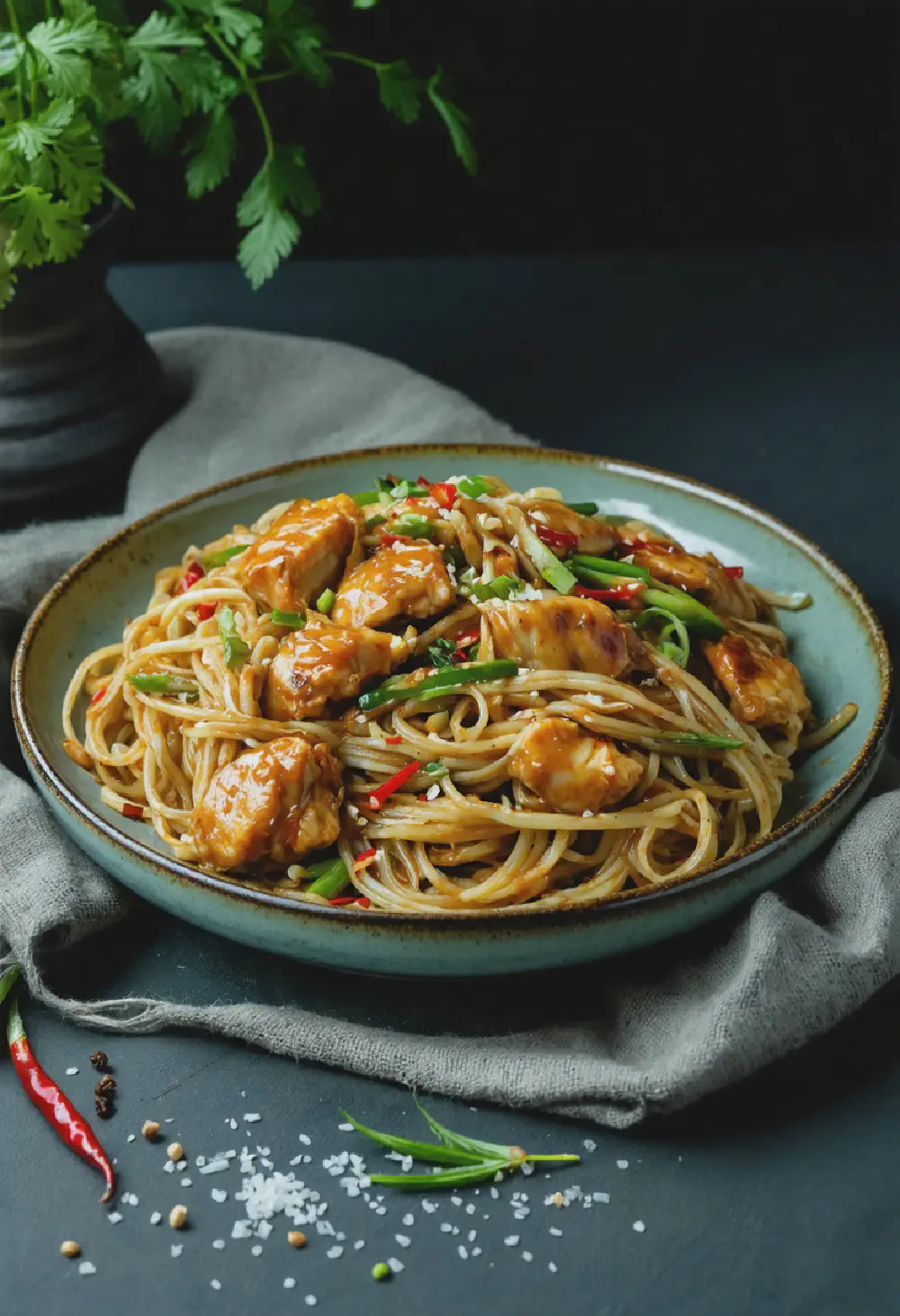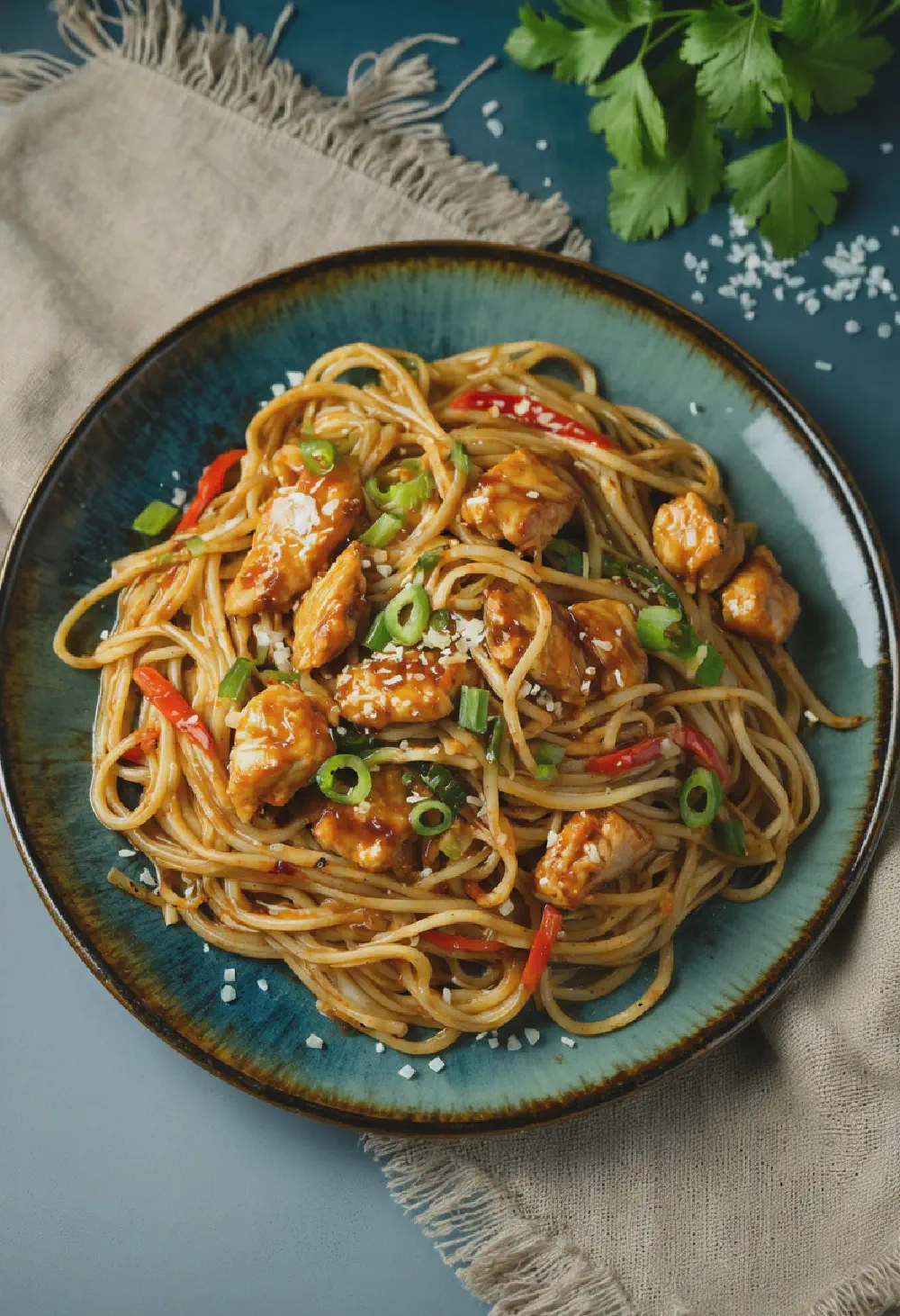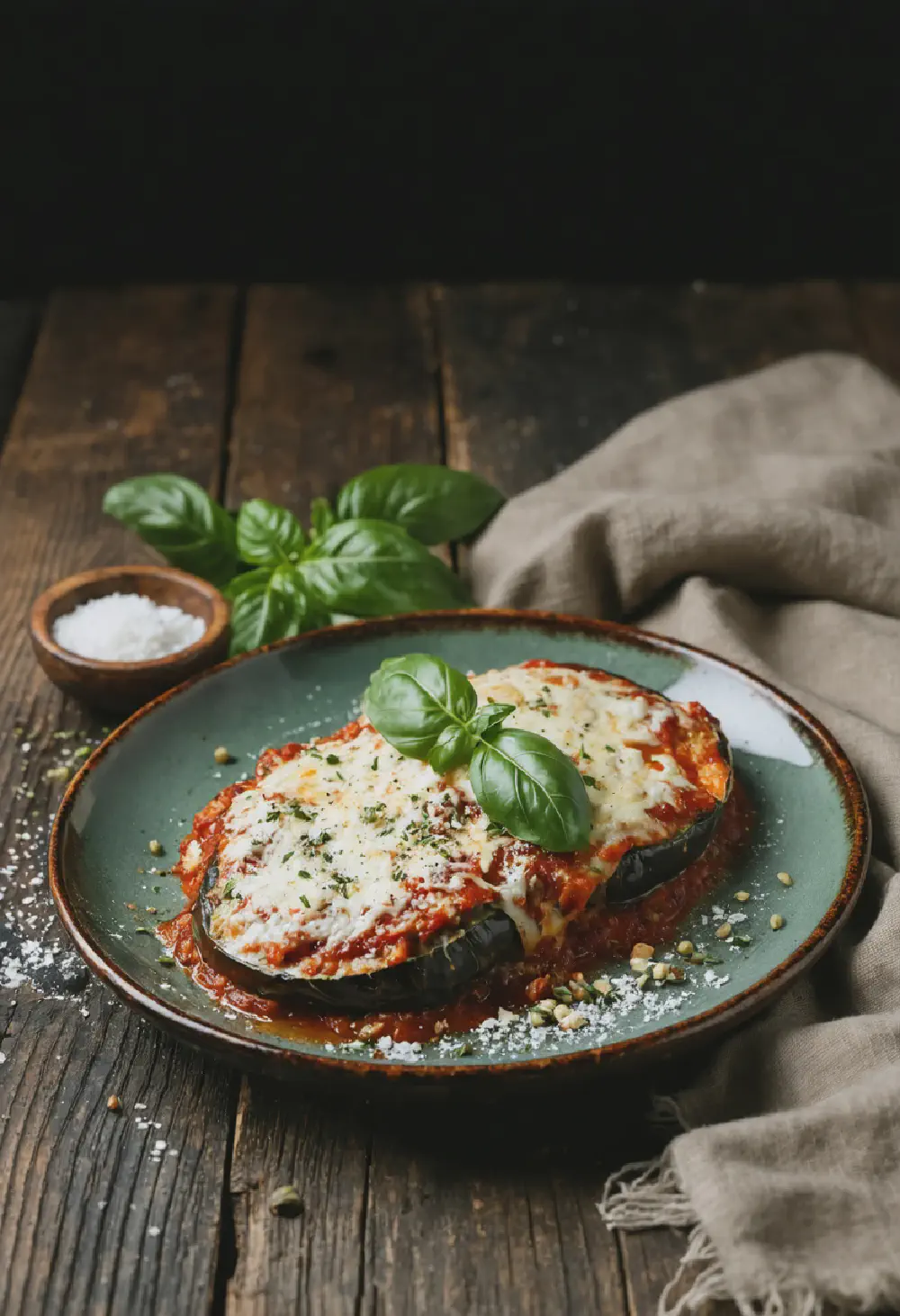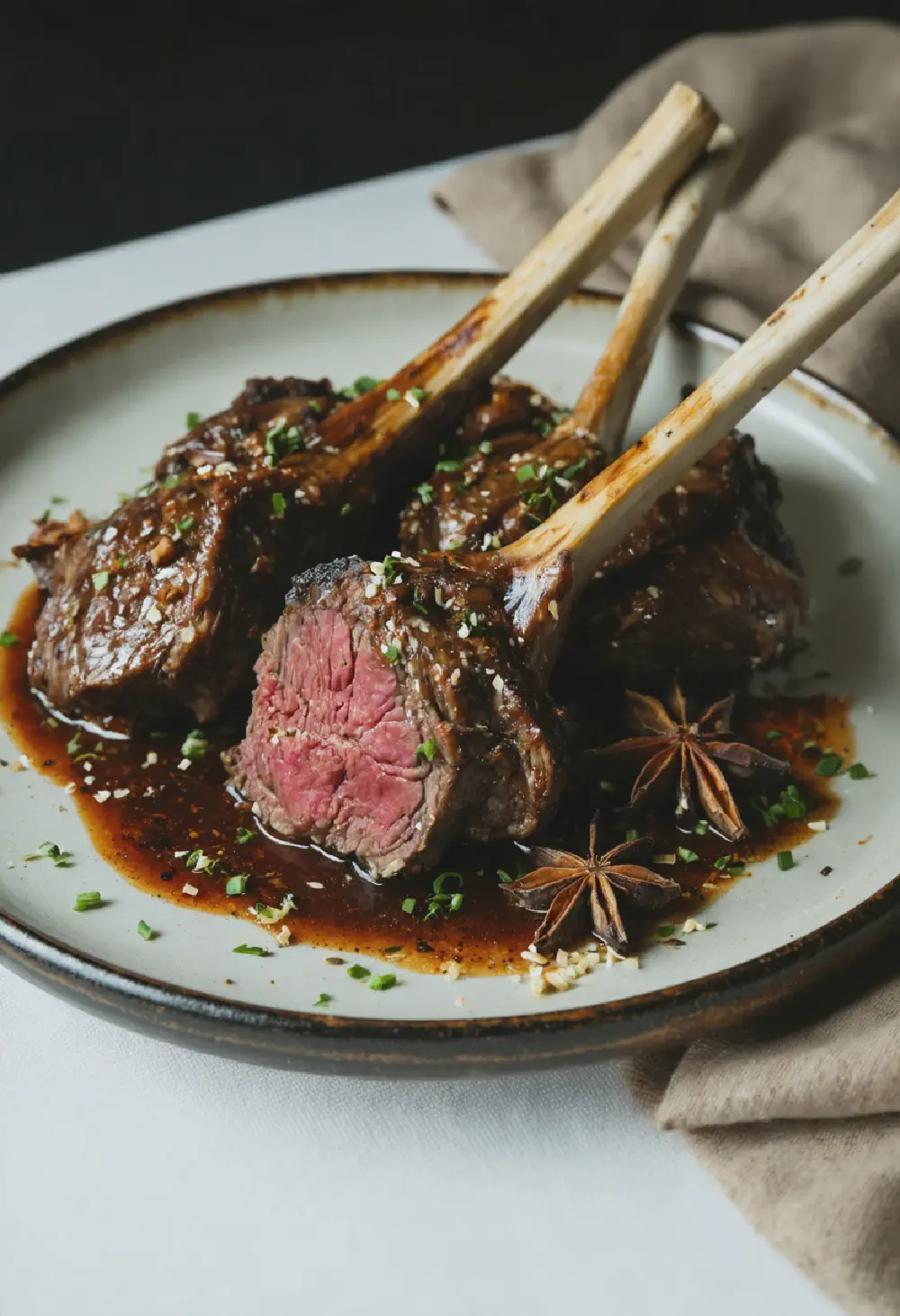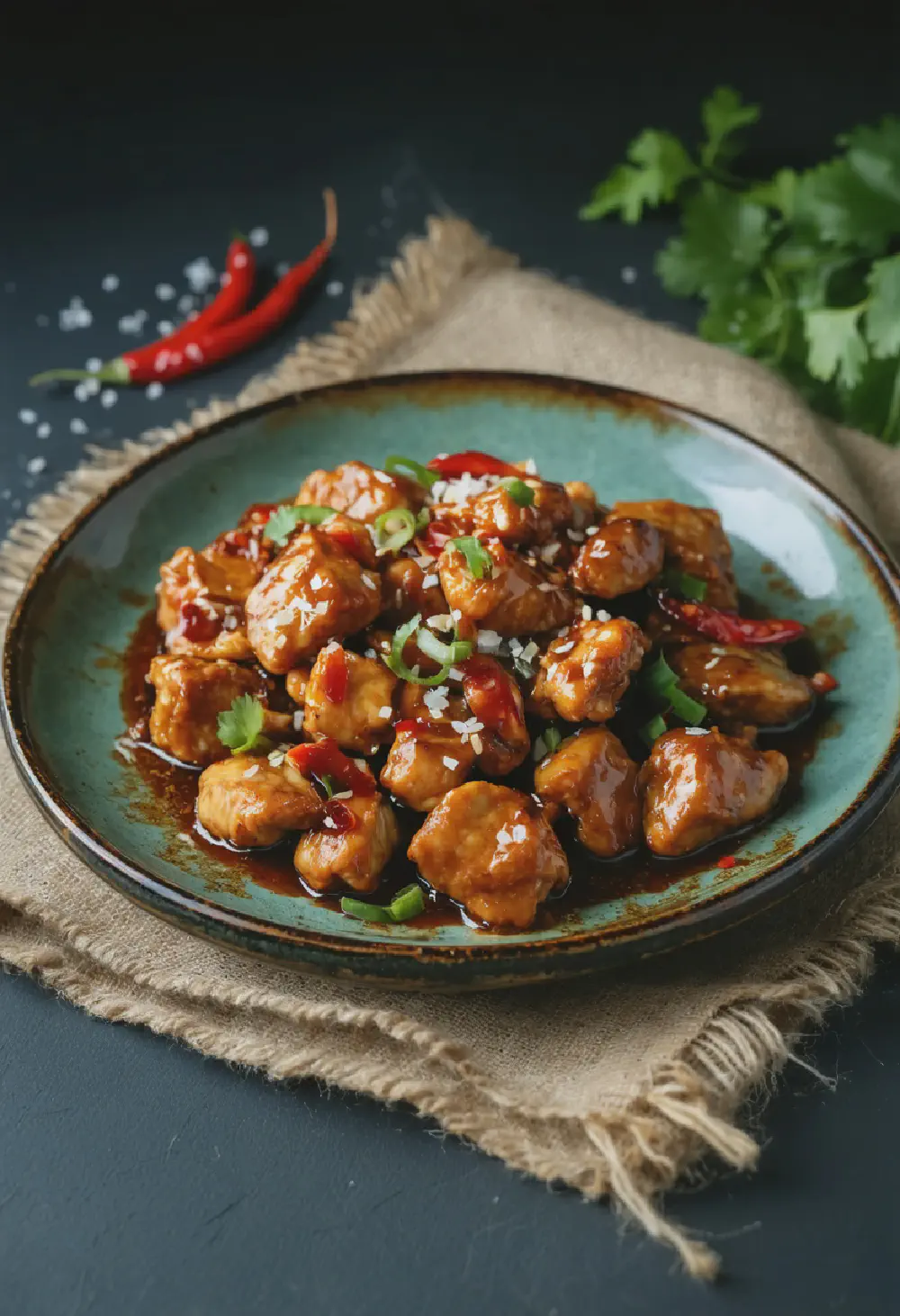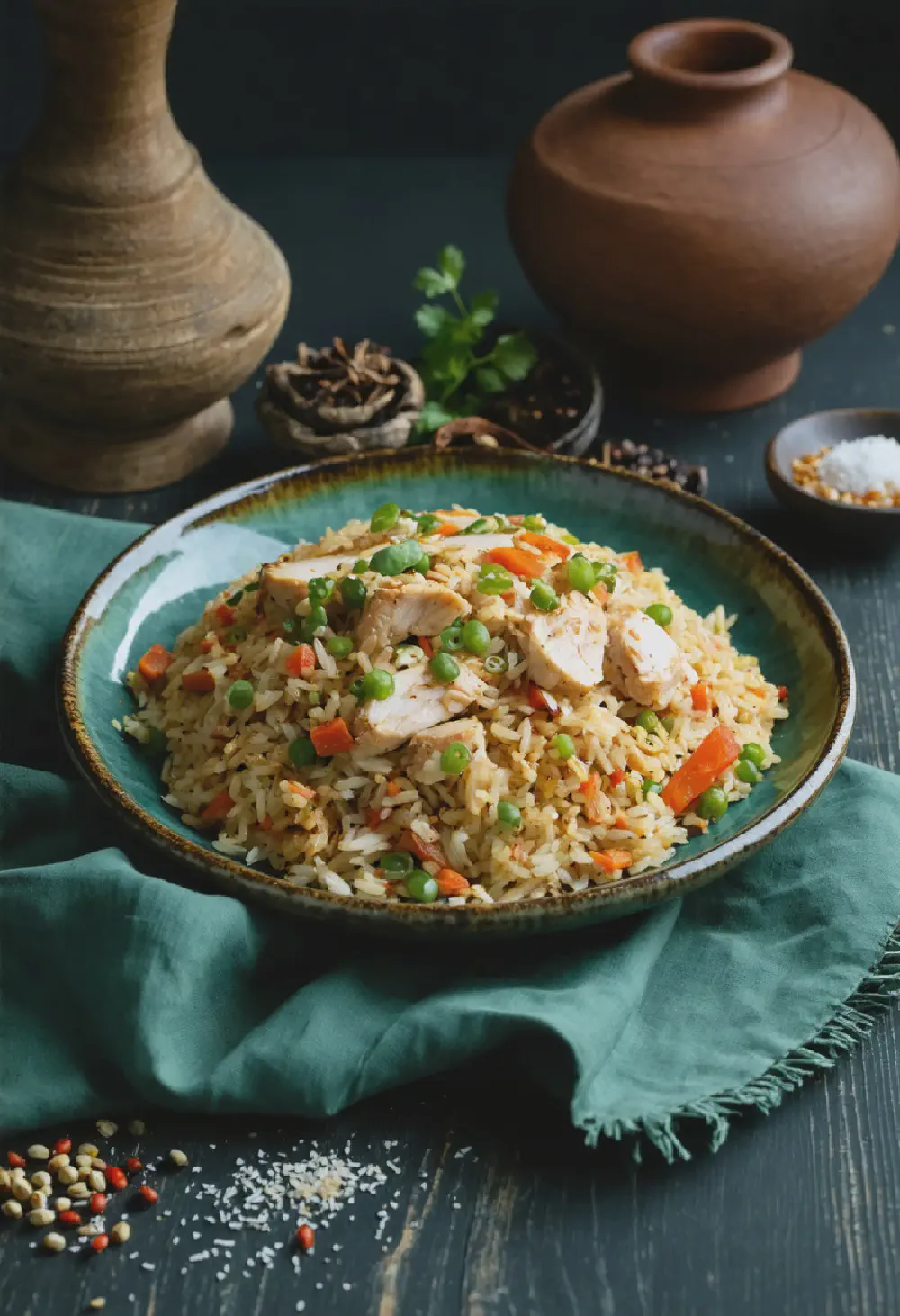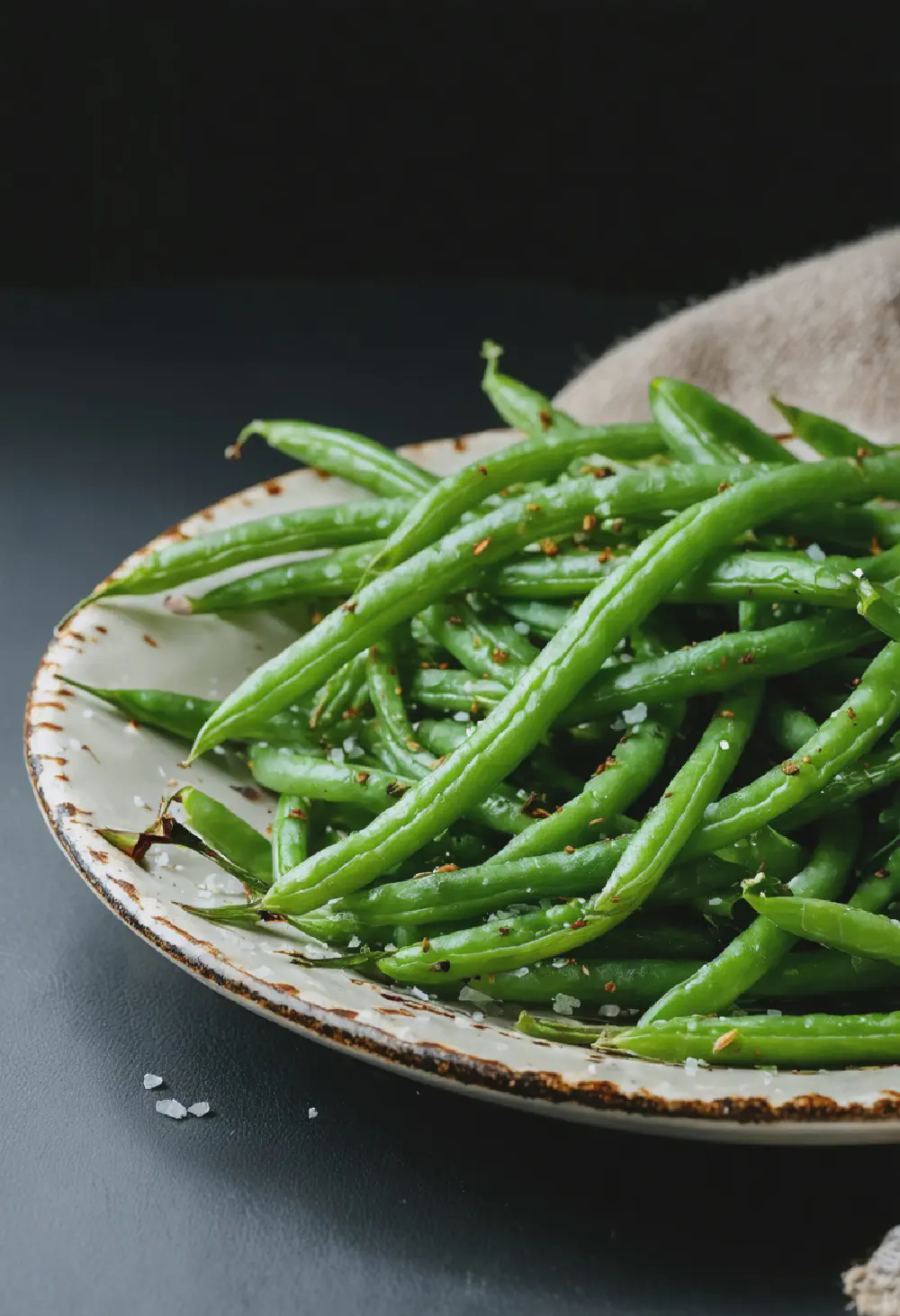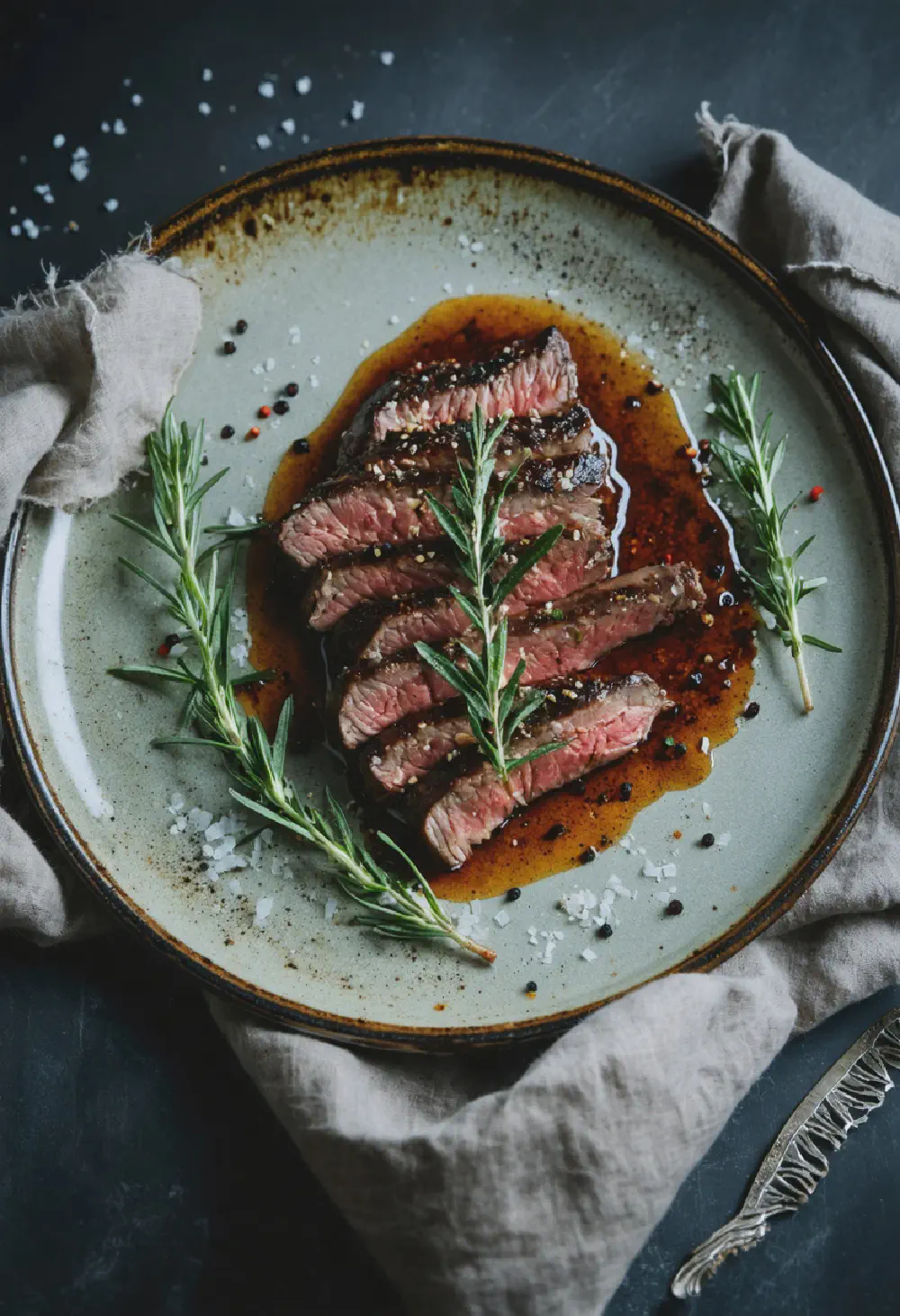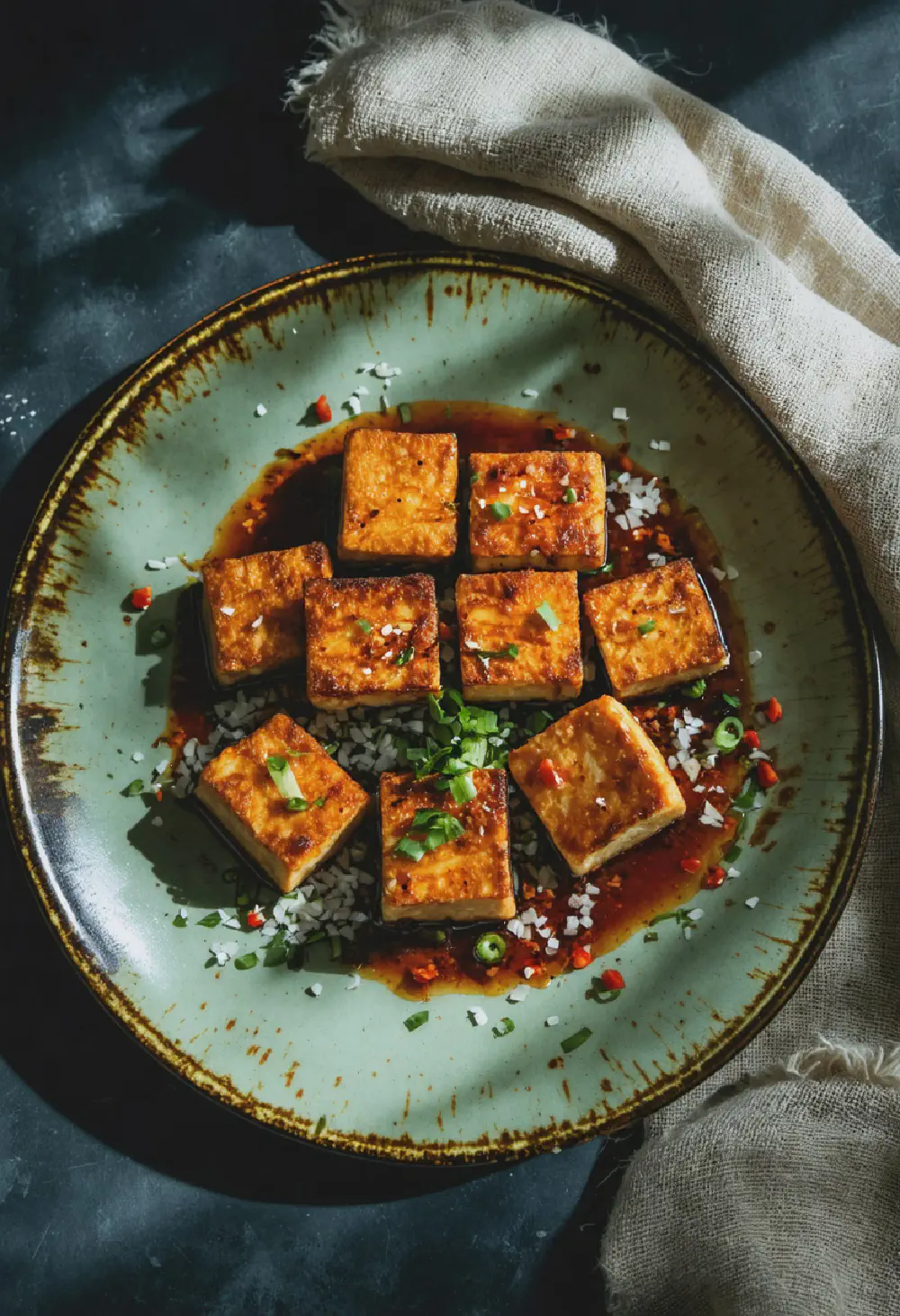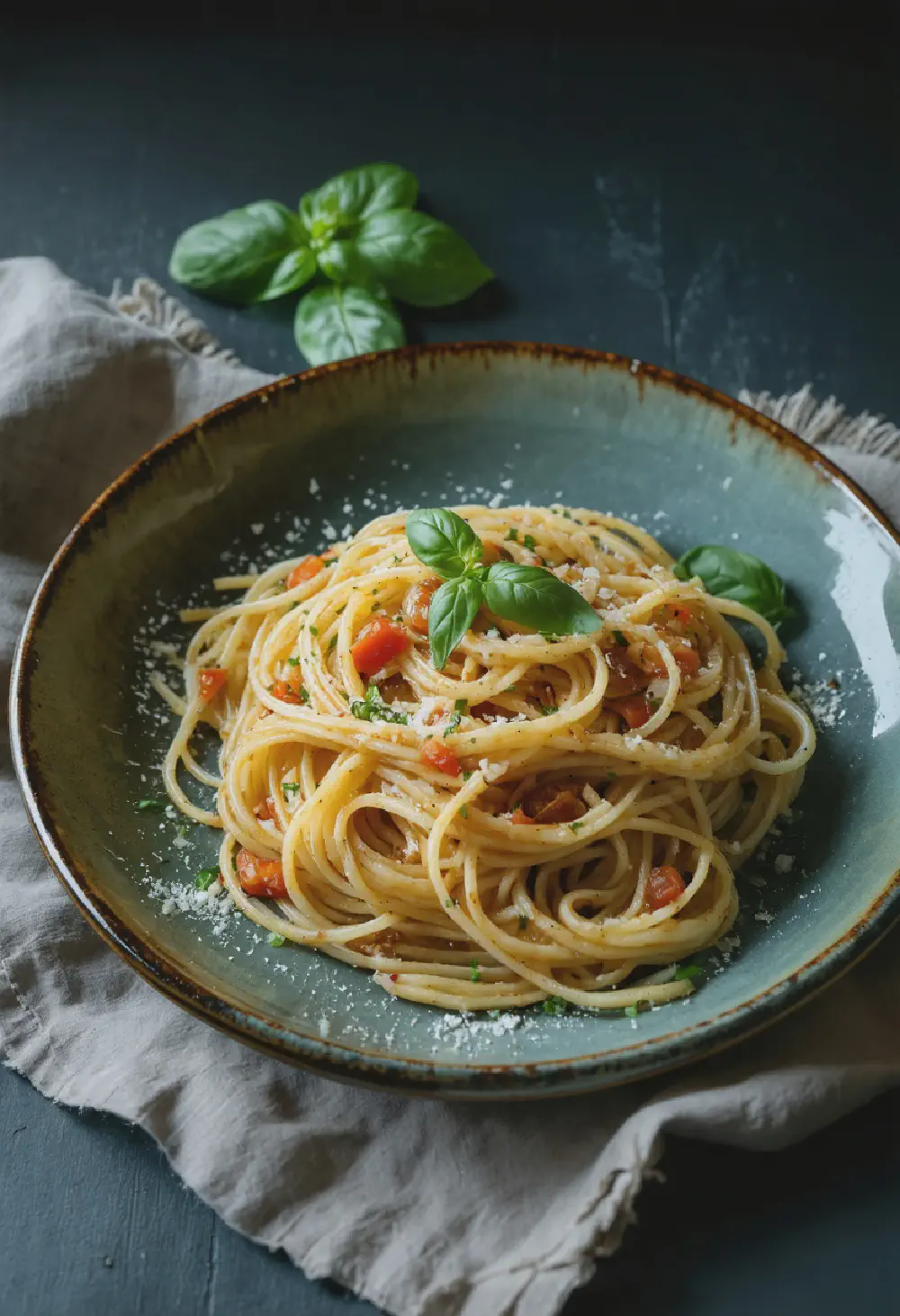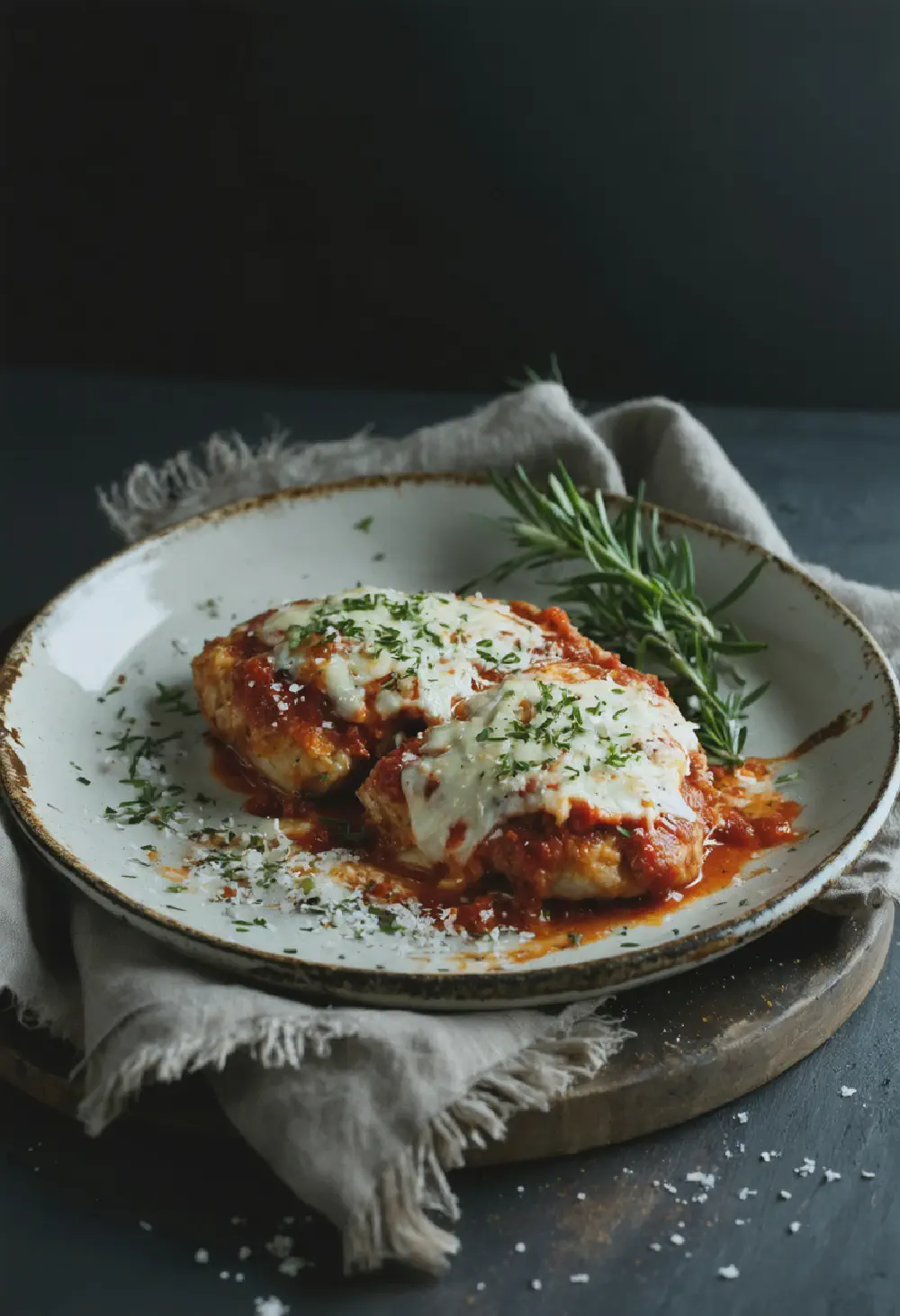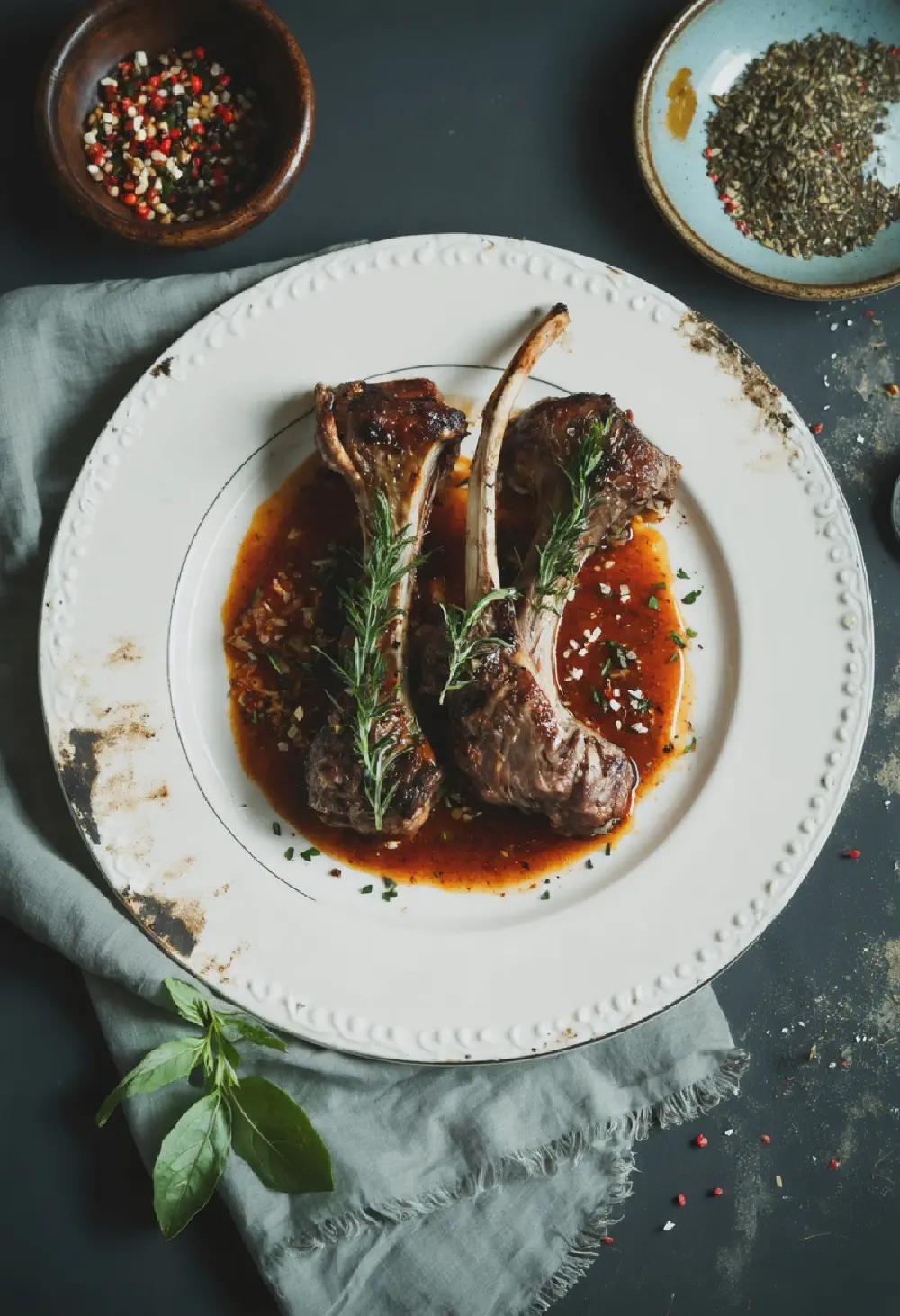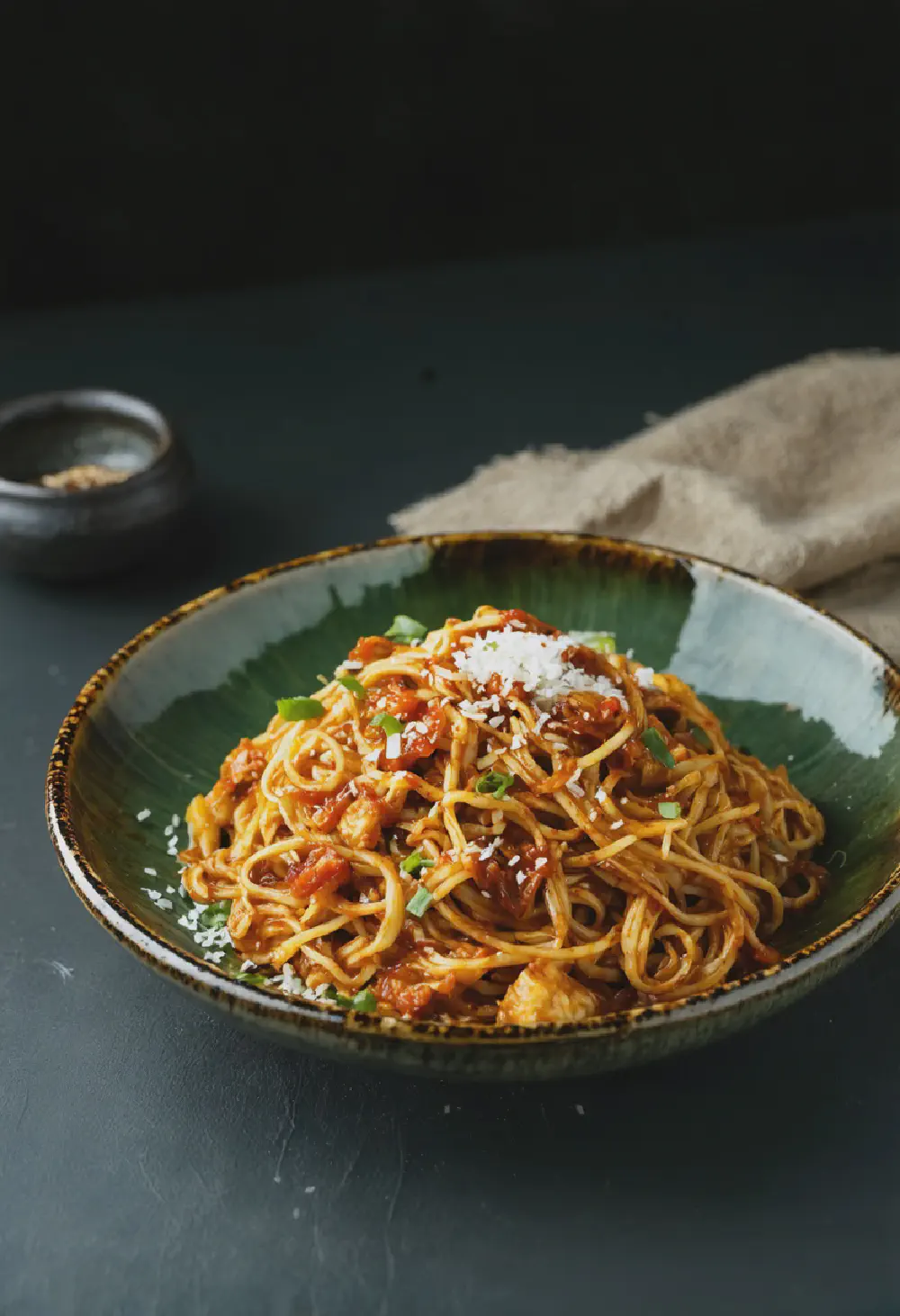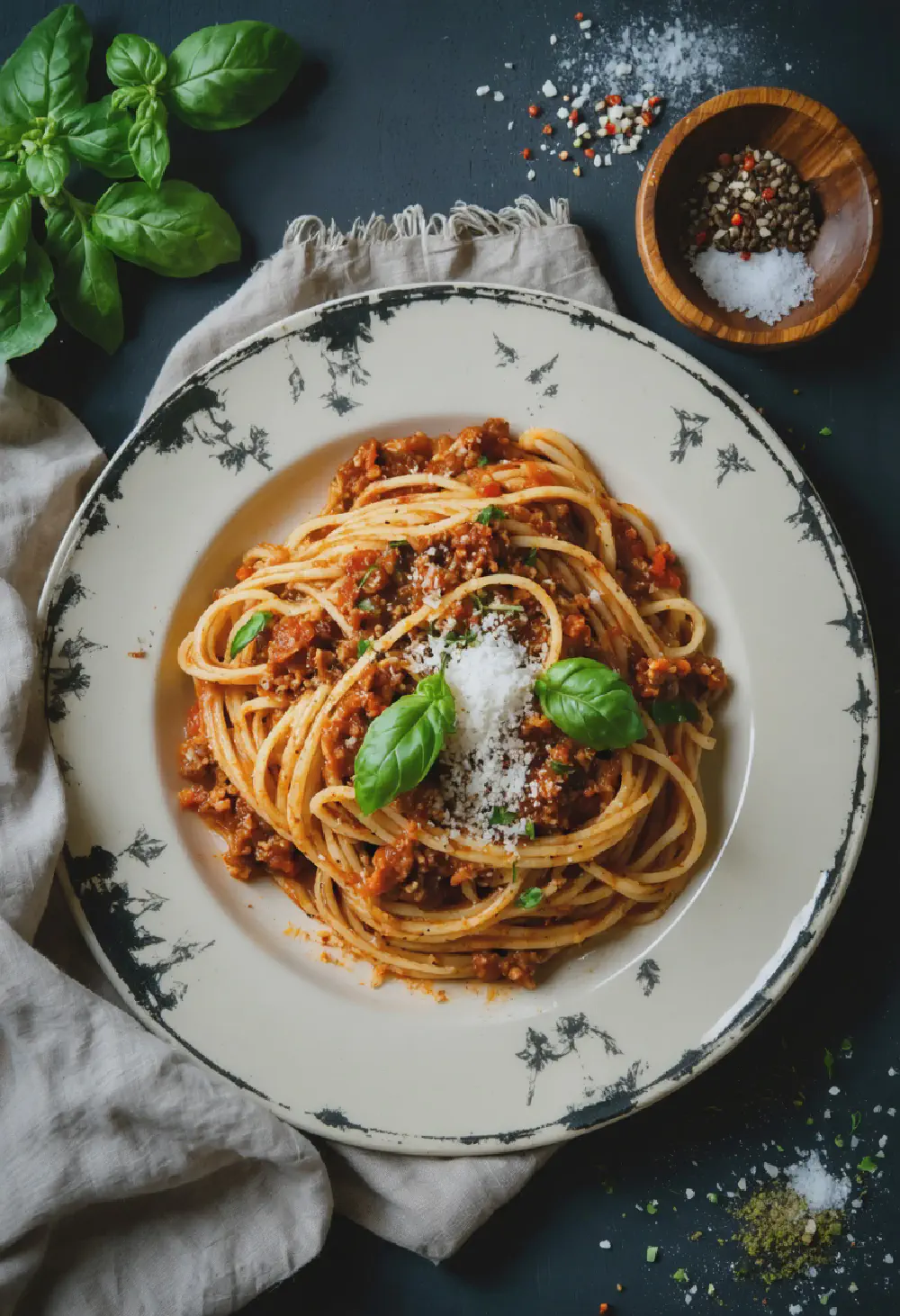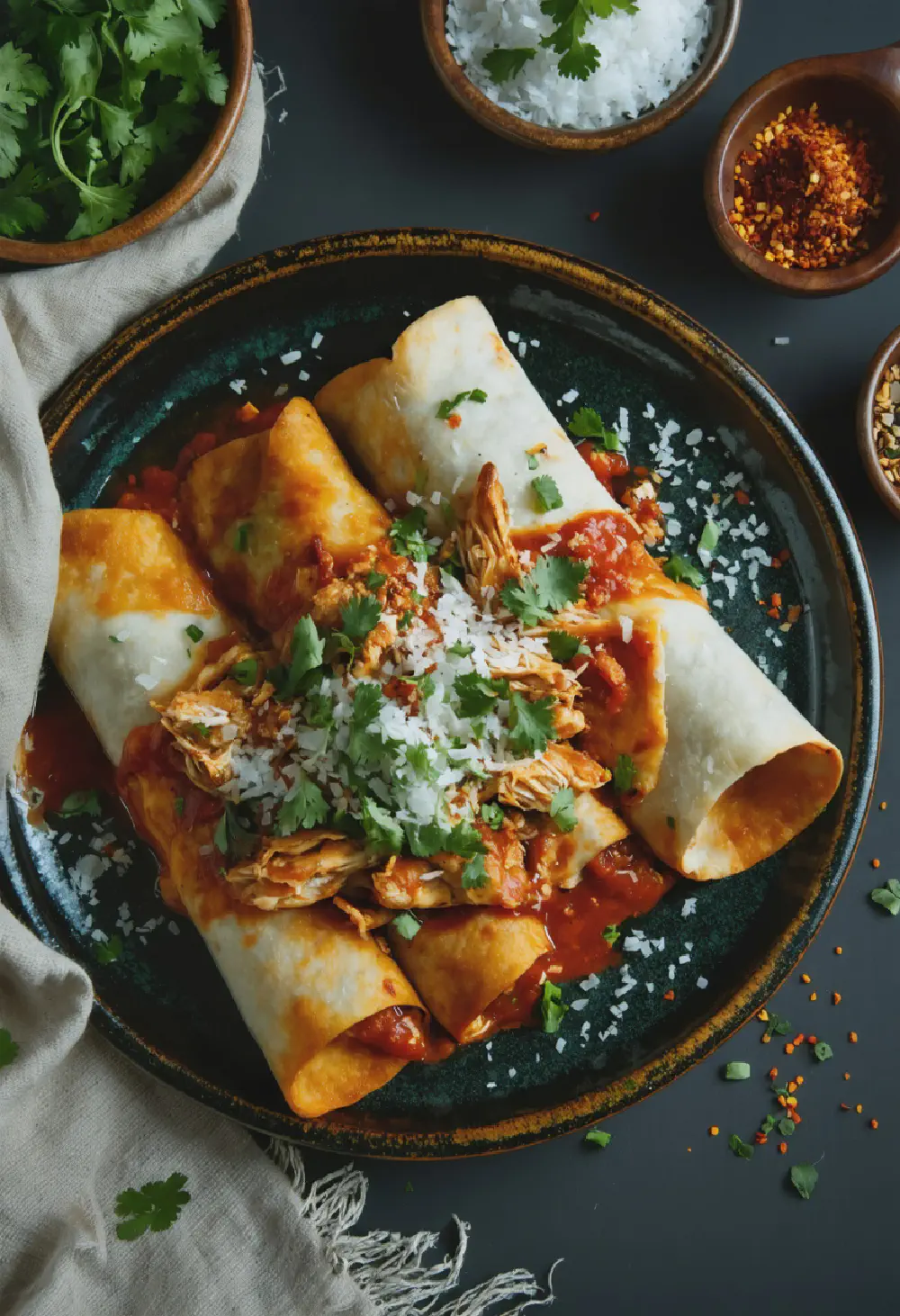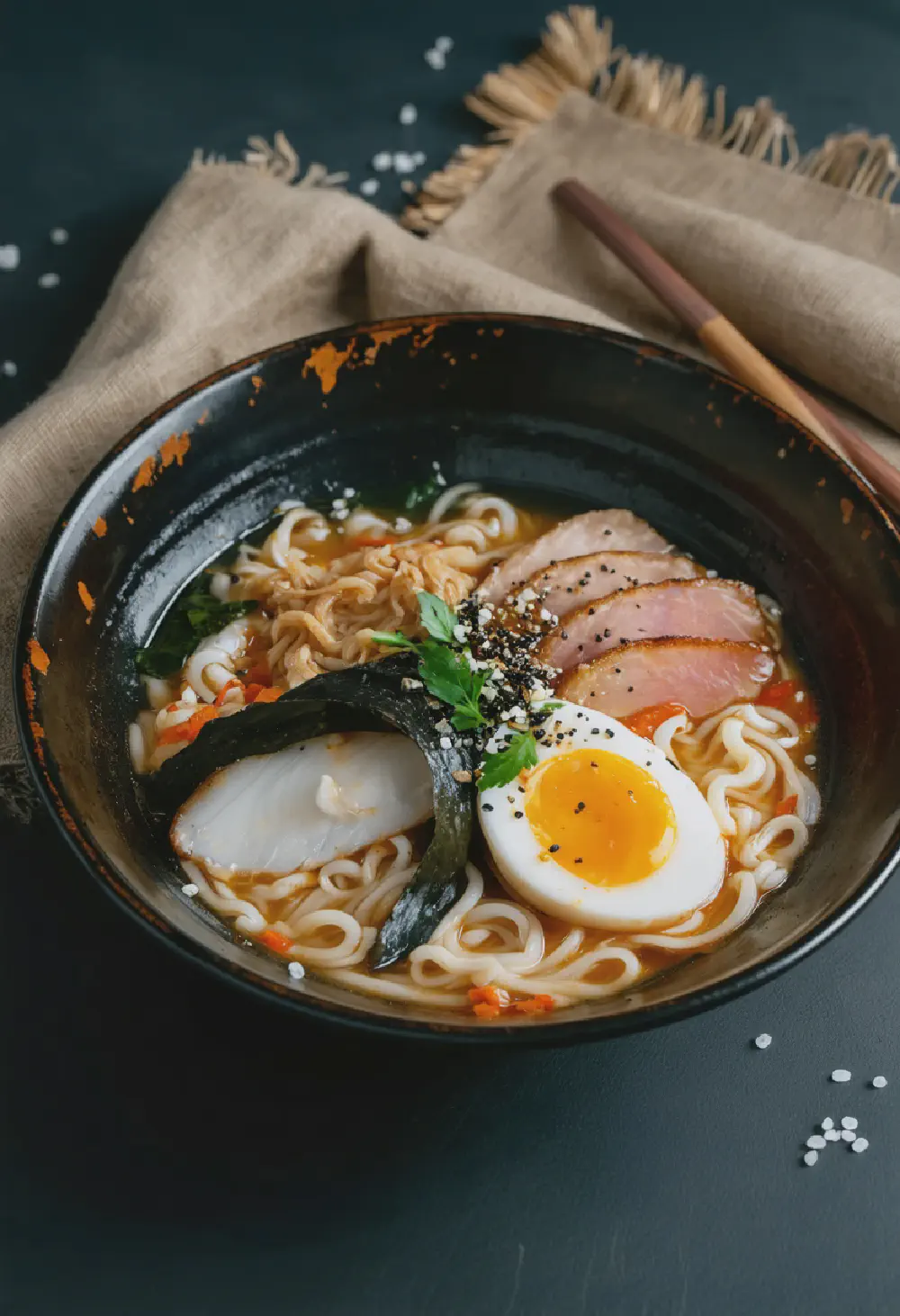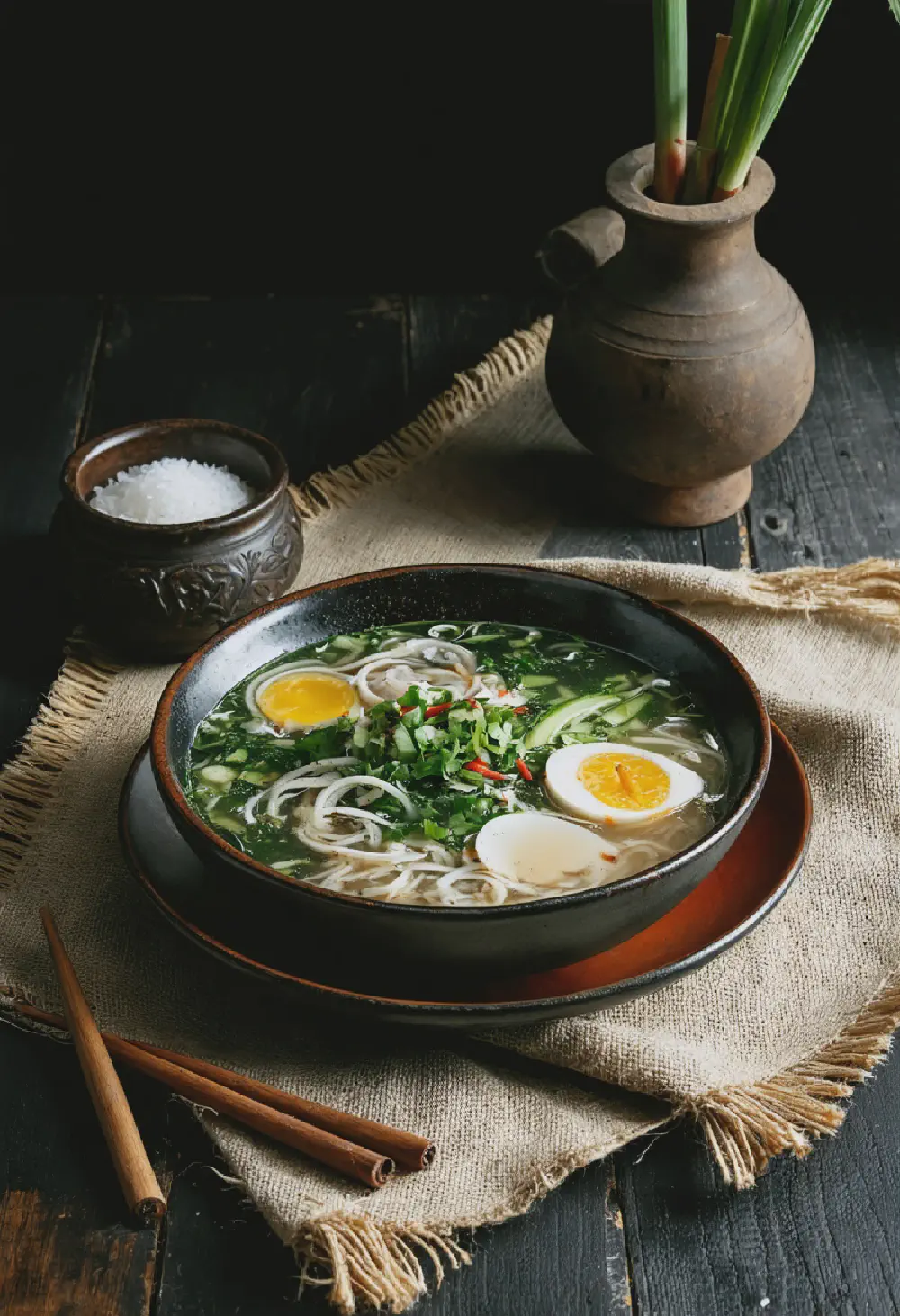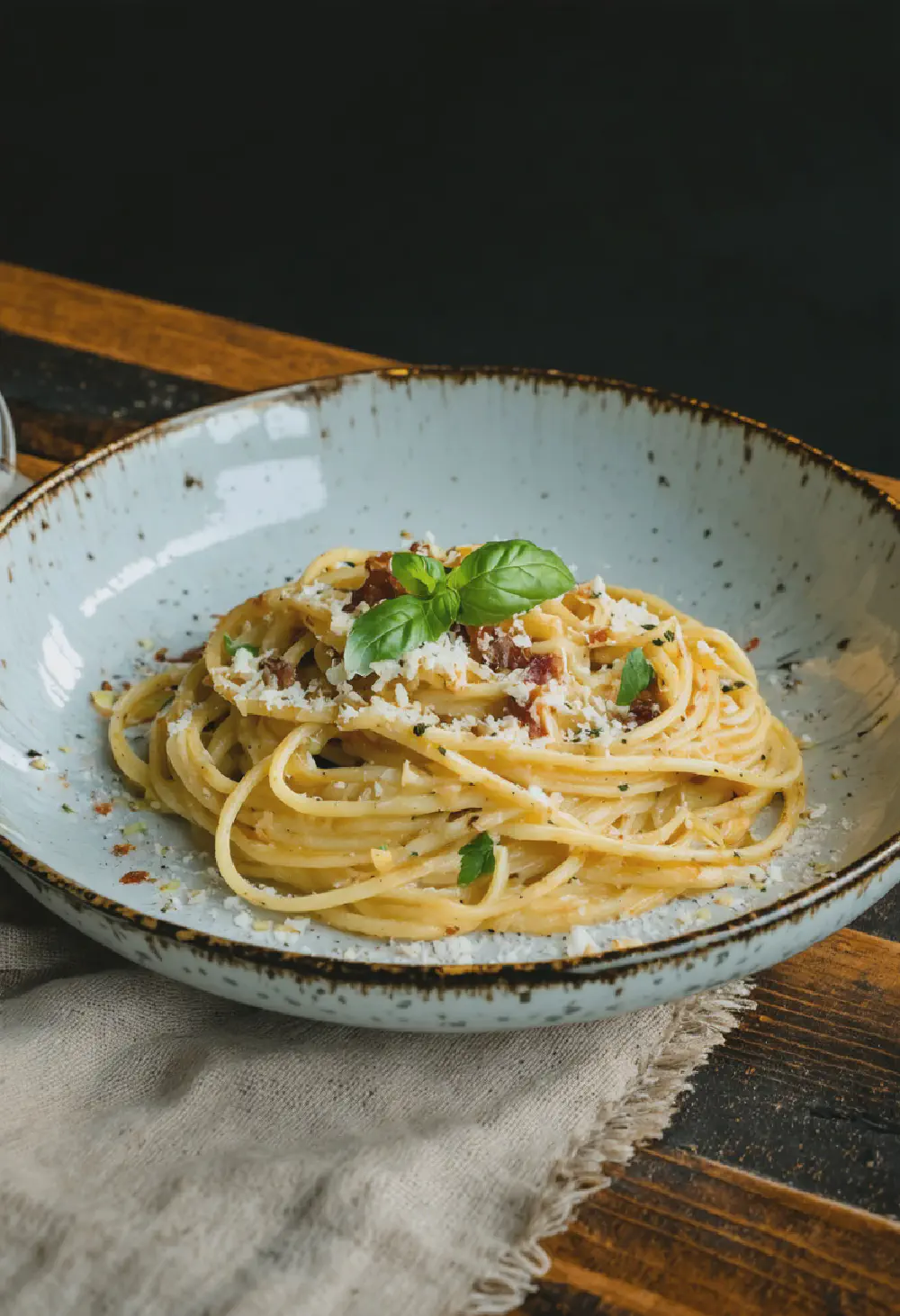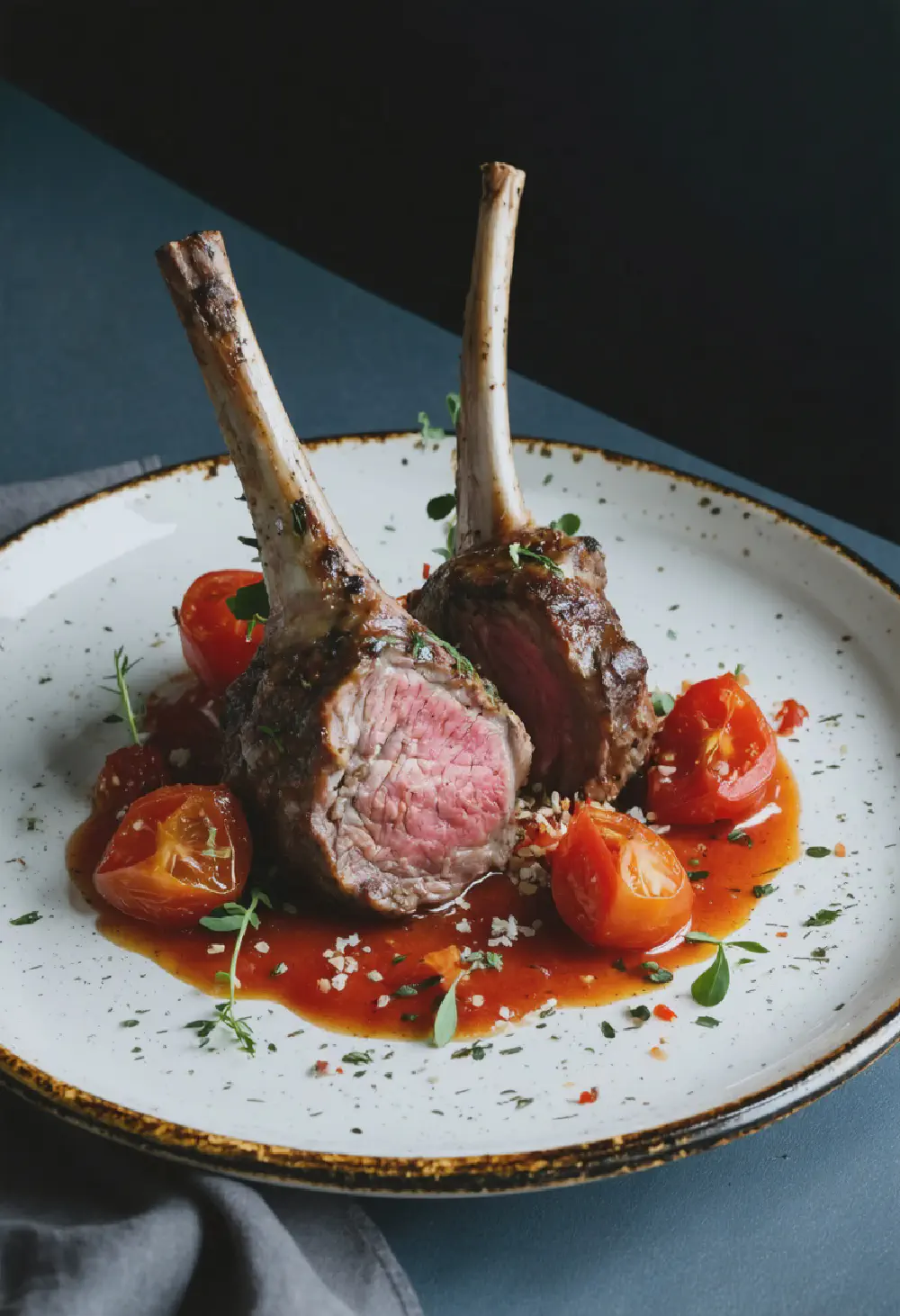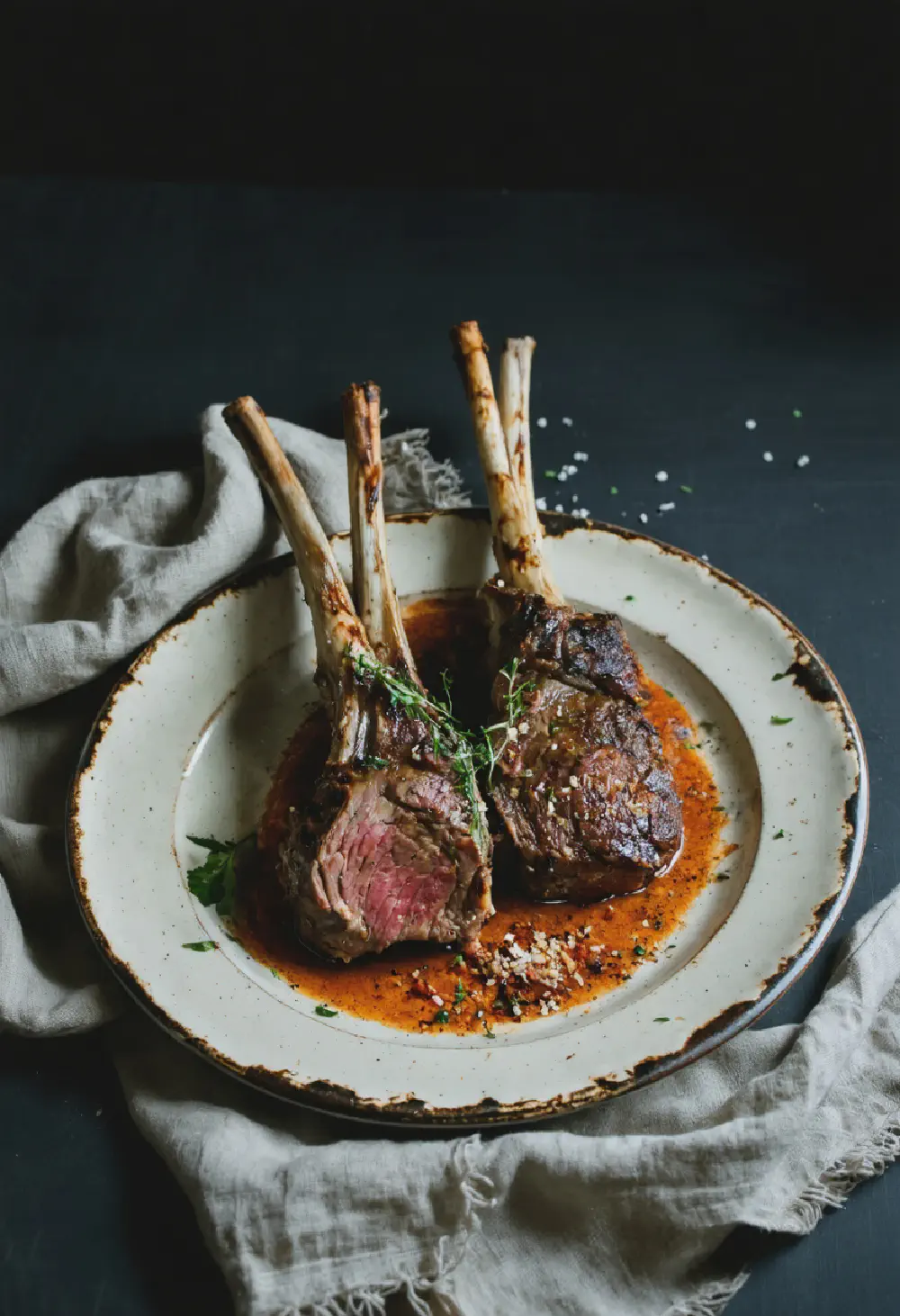Chicken Lo Mein
20M
35M
- Makes 4 servings
- 8 oz (225g) dried lo mein noodles or fresh lo mein noodles
- 2 tablespoons vegetable oil
- 8 oz (225g) boneless, skinless chicken breast, thinly sliced
- 2 cloves garlic, minced
- 1 tablespoon fresh ginger, minced
- 1 cup (150g) sliced shiitake mushrooms
- 1 cup (100g) shredded Napa cabbage
- 1 medium carrot, julienned
- 1/2 cup (50g) snow peas, trimmed
- 2 green onions, sliced
- 2 tablespoons soy sauce
- 1 tablespoon oyster sauce
- 1 teaspoon sesame oil
- 1 teaspoon sugar
- 1/4 cup (60ml) chicken broth
- Salt and pepper to taste
- Cook the lo mein noodles according to package instructions until al dente. Drain and set aside.
- In a large wok or skillet, heat the vegetable oil over medium-high heat. Add the sliced chicken and stir-fry until cooked through, about 3-4 minutes. Remove the chicken from the wok and set aside.
- In the same wok, add a bit more oil if needed, then add the garlic and ginger. Stir-fry for about 30 seconds until fragrant.
- Add the shiitake mushrooms, Napa cabbage, carrot, and snow peas to the wok. Stir-fry for about 2-3 minutes until the vegetables are tender-crisp.
- In a small bowl, mix together the soy sauce, oyster sauce, sesame oil, sugar, and chicken broth. Pour this sauce into the wok with the vegetables.
- Return the cooked chicken to the wok and add the cooked lo mein noodles. Toss everything together to coat the noodles and ingredients evenly with the sauce. Cook for another 1-2 minutes until everything is heated through.
- Season with salt and pepper to taste. Garnish with sliced green onions before serving.
Chicken Lo Mein: A Delicious Dive into Chinese Cuisine
History
Chicken Lo Mein, a beloved dish in Chinese cuisine, has a rich history that traces back to the origins of lo mein itself. The term “lo mein” translates to “tossed noodles” in Cantonese, reflecting the dish’s preparation method. While the exact origins of Chicken Lo Mein are unclear, it is believed to have evolved from traditional Chinese noodle dishes that date back centuries. These dishes were often enjoyed by the working class due to their affordability and ease of preparation. Over time, as Chinese immigrants brought their culinary traditions to other parts of the world, Chicken Lo Mein gained popularity in the West, becoming a staple in Chinese-American restaurants. Today, it remains a favorite for its quick preparation and delicious flavors, making it a perfect meal for busy home cooks.
Taste Profile
The taste profile of Chicken Lo Mein is a harmonious blend of savory, slightly sweet, and umami flavors. The dish’s foundation is the tender chicken, which absorbs the flavors of the sauce, typically made from a combination of soy sauce, oyster sauce, and sometimes a touch of sugar or honey. The fresh vegetables, such as bell peppers, carrots, and broccoli, add a crisp texture and a subtle sweetness that complements the savory elements. The noodles, often egg noodles, are cooked to a perfect al dente texture, providing a satisfying chewiness that ties the dish together. The overall flavor is balanced and comforting, making Chicken Lo Mein a dish that appeals to a wide range of palates.
Cultural Significance
Within Chinese cuisine, Chicken Lo Mein holds a significant place as a representation of the country’s rich noodle culture. Noodles are a staple in Chinese cooking, symbolizing longevity and good fortune, especially during celebrations and festivals. Chicken Lo Mein, with its combination of protein, vegetables, and noodles, embodies the Chinese philosophy of balanced meals that nourish both body and soul. In the context of Chinese-American cuisine, the dish has become a bridge between cultures, introducing many to the flavors and techniques of Chinese cooking. Its adaptability and widespread appeal have made it a beloved dish in homes and restaurants alike, showcasing the versatility and enduring popularity of Chinese culinary traditions.
